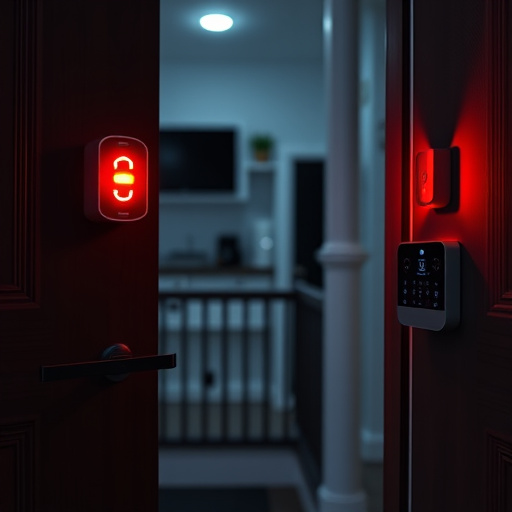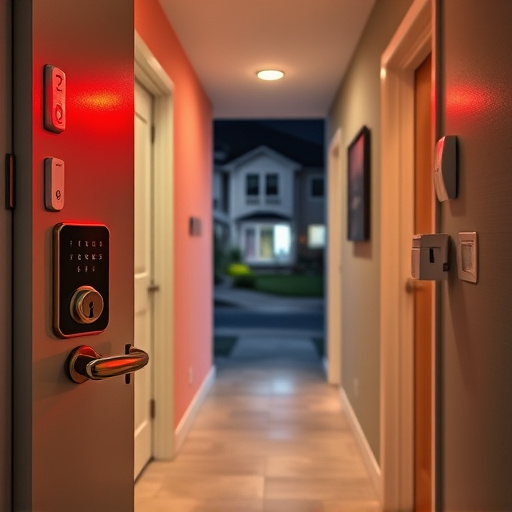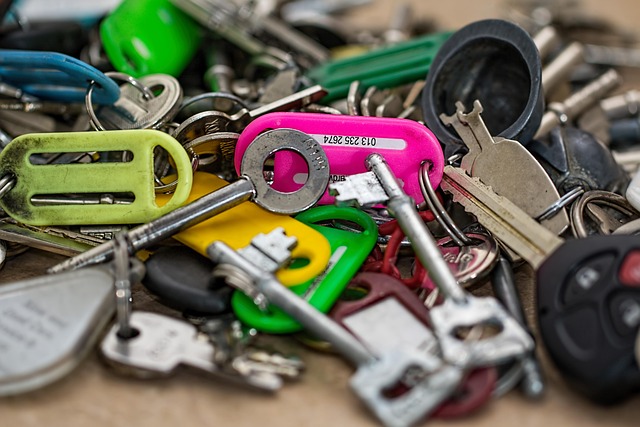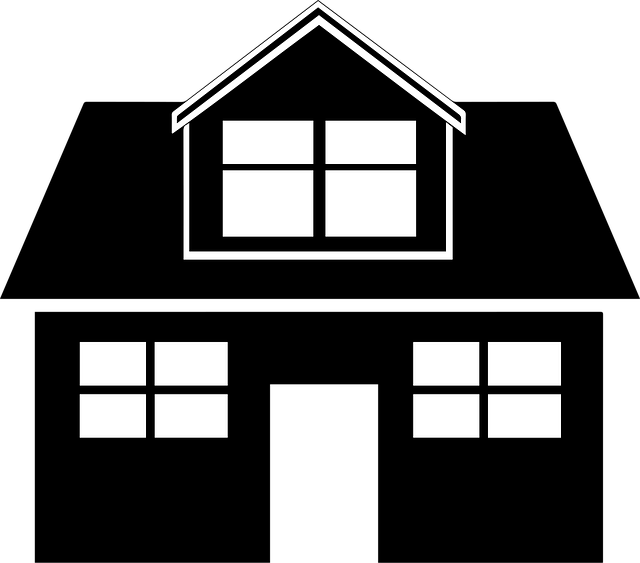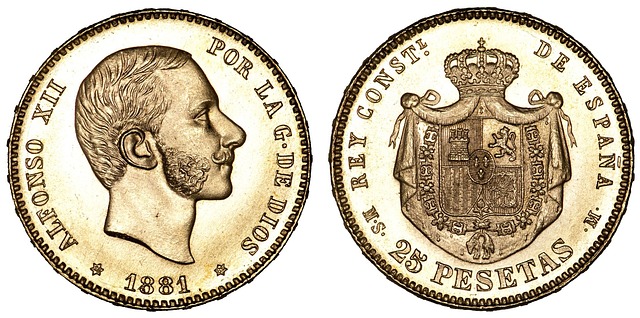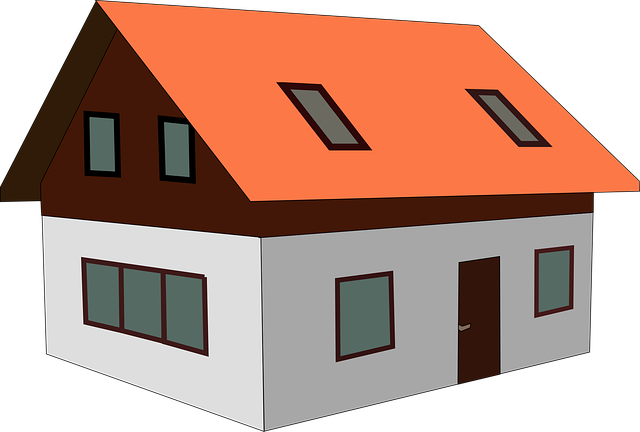Early mold stain identification is key to preserving home value and preventing costly repairs. Regular inspections for water damage and musty odors allow proactive maintenance. Understanding common molds like Aspergillus, Penicillium, and Cladosporium is crucial, as they impact property value and health. Prompt remediation with proper tools and methods mitigates health risks and enhances home aesthetics, ensuring a safer, more valuable asset for sale in the competitive real estate market.
Selling your home? Don’t let mold stains devalue your property. This comprehensive guide explores the best ways to identify, address, and prevent mold-related issues before putting your home on the market. Understanding different types of mold and their health effects is crucial. We’ll walk you through effective cleaning techniques for optimal results, ensuring a smooth sale and maximizing your home’s value.
- Identify Mold Stains Early for Better Home Value
- Understand Types of Mold and Their Effects
- Prepare Before You Start Cleaning
- Effective Removal Techniques for Optimal Results
Identify Mold Stains Early for Better Home Value

Identifying mold stains early is crucial for maintaining and maximizing your home’s value. Mold can quickly spread, often hidden in dark corners or behind walls, leading to more extensive damage and higher restoration costs. Regular inspections are key; look for signs of water damage, musty odors, or discolored spots on walls, ceilings, and baseboards. Addressing mold issues promptly not only prevents further deterioration but also appeals to potential buyers who value healthy living environments.
By catching mold stains early, you demonstrate proactive home maintenance, a significant advantage in the competitive real estate market. This simple step can save you from costly repairs later on, ensuring your property remains attractive and valuable in the eyes of prospective homebuyers worried about hidden health hazards associated with mold growth.
Understand Types of Mold and Their Effects
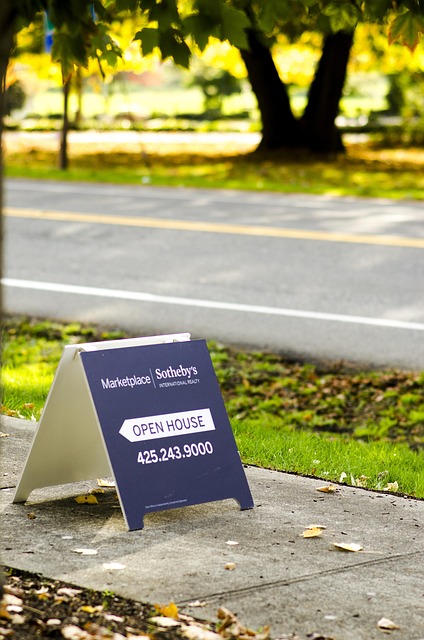
Understanding the types of mold that can grow in your home is crucial before selling, as it directly impacts your home’s value. Different molds have varying levels of toxicity and effects on human health. Some common types include Aspergillus, Penicillium, and Cladosporium. These fungi can thrive in damp environments, often found in basements, bathrooms, or areas with water damage.
Exposure to mold can cause respiratory issues, allergic reactions, and even cognitive impairments. When selling your home, potential buyers will be concerned about these health risks. Therefore, identifying and addressing mold stains promptly is essential. Proper remediation methods not only enhance the appearance of affected areas but also ensure a safe living environment for future occupants, thus maintaining and potentially increasing your home’s value.
Prepare Before You Start Cleaning

Before diving into the cleaning process, prepare your tools and materials. Gather items like mold-specific cleaning solutions, non-abrasive sponges or cloths, rubber gloves, and a respirator mask to protect yourself from inhaling mold spores. Ensure proper ventilation in the affected area by opening windows and doors if possible. Remove any furniture or belongings that might obstruct access or get in the way during cleaning. Vacuum and dust nearby surfaces to prevent loose mold or debris from spreading further throughout the space. Lastly, assess the extent of the mold stain to determine the best course of action for effective removal without causing further damage or reducing your home’s value.
Effective Removal Techniques for Optimal Results

Effective Removal Techniques for Optimal Results
When addressing mold stains, especially before putting your home on the market, it’s crucial to employ strategies that ensure thorough removal and prevent future growth. The primary goal is not just to eliminate visible signs but also to mitigate any potential impact on your home’s value. Start by identifying the type of mold and choosing the appropriate cleaning method. For small, isolated stains, a mixture of water, vinegar, and liquid detergent can be effective. This natural solution is safe for both you and the environment while effectively breaking down mold spores.
For more extensive or persistent stains, consider using specialized mold removal products designed to penetrate and destroy mold roots. These products often contain powerful enzymes that degrade organic materials and prevent regrowth. In extreme cases, professional intervention may be necessary. Certified mold remediation experts have access to advanced equipment and chemicals that ensure comprehensive mold removal, restoring your space to a safe and market-ready condition while maximizing your home’s value.

